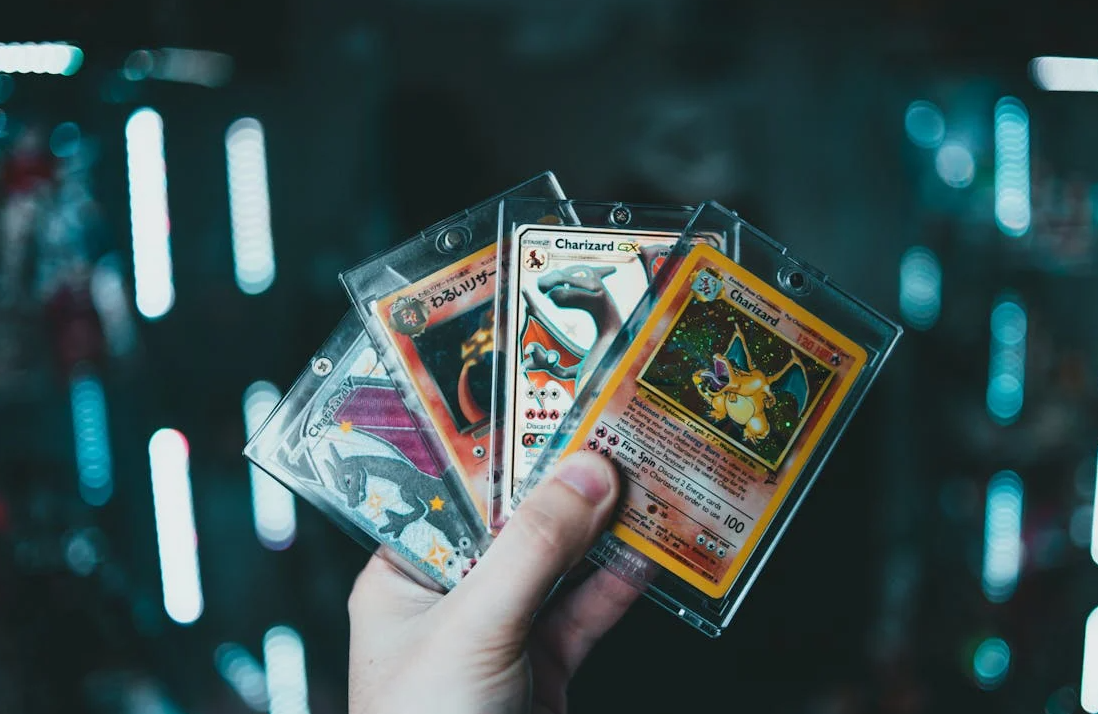The Ultimate Guide to Card Cleaning: Preserve Your Collectibles
Maintaining the condition of your trading cards is essential for preserving their value and longevity. Whether you're a casual collector or a serious enthusiast, understanding the best cleaning practices can enhance the appearance and durability of your cards. This guide will cover everything you need to know about effectively cleaning and caring for your trading cards.
Why Clean Your Cards?
Over time, trading cards can accumulate dust, fingerprints, and various contaminants that may not only affect their visual appeal but also their structural integrity. Regular cleaning helps:
Prevent Damage: Dirt and oils can cause surface scratches or wear that can degrade the card's condition.
Enhance Appearance: Clean cards look better when displayed or sold, increasing their marketability.
Maintain Value: For serious collectors, maintaining a high grade is essential, and cleanliness is a significant factor in grading evaluations.
Cleaning Techniques
Dry Cleaning
Microfiber Cloth: Using a soft microfiber cloth is the safest way to remove dust and fingerprints. Gently wipe the card in straight motions to avoid creating scratches. This method is effective for routine maintenance.
Blower: A hand-held air blower can remove loose dust without touching the card surface. This is especially useful for cards in holders.
Wet Cleaning
Distilled Water: For stubborn stains, dampen a microfiber cloth with distilled water. Avoid soaking the card; simply moisten the cloth and gently wipe the affected area. It's crucial to use distilled water, as tap water may contain minerals that can leave residue.
Dry Thoroughly: Ensure the card is completely dry before storage. You can use a separate dry microfiber cloth to absorb any excess moisture.
Cleaning Solutions
Card Cleaning Products: There are commercially available cleaning solutions specifically designed for trading cards. Ensure they are pH neutral and safe for use on card surfaces. Apply with a soft cloth, following the manufacturer's instructions.
Avoid Homemade Solutions: While it may be tempting to create DIY cleaning solutions, avoid using alcohol, vinegar, or bleach, as these can damage the card’s finish.
Avoid Common Mistakes
No Abrasives: Avoid paper towels, rough fabrics, or any abrasive materials that could scratch the card.
Mind the Corners: Be especially gentle with the corners of the cards, as they are the most vulnerable areas.
Post-Cleaning Care
Storage Solutions
Protective Sleeves: After cleaning, place cards in high-quality protective sleeves made of mylar or polyethylene. These materials are acid-free and won’t react with the card over time.
Hard Cases: For high-value cards, consider using hard cases or graded holders to provide additional protection.
Organizing Your Collection
Environment Matters: Store your cards in a cool, dry place away from direct sunlight to prevent fading and warping.
Regular Check-Ups: Periodically check your collection for any dust or damage and clean as necessary to maintain their condition.
Handling Tips
Clean Hands: Always handle your cards with clean hands or wear cotton gloves to prevent oils from your skin transferring to the card surface.
Flat Surfaces: When cleaning or displaying cards, ensure you’re using a flat, clean surface to minimize the risk of dropping or damaging them.
Conclusion
Cleaning your trading cards is an essential aspect of card care that can significantly impact their condition and value. By adopting the right cleaning techniques and storage practices, you can keep your collection looking pristine and ensure it retains its value for years to come. Regular maintenance, combined with proper storage solutions, will safeguard your cards against wear and tear, allowing you to enjoy your collection to the fullest.

